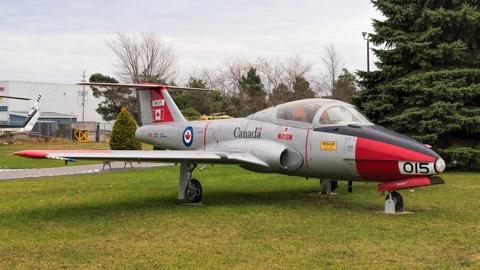
The Royal Canadian Air Force (RCAF) is using advanced simulation-based training systems from CAE with the aim of doubling the number of first officers it produces annually. The Air Mobility Training Centre (AMTC) in Trenton, Ontario provides both classroom and simulation training. The overall average simulator hours represent one-third of all training.
“We can inundate the students with every imaginable error,” said Lieutenant Colonel Brent Hoddinott, commanding officer with the 426 Training Squadron at Trenton. “If we see the pilots are able to handle the load they’ve got in the sim, we can add more stuff so that they get to the point where they’re uncomfortable. Doing that to the students is worth its weight in gold because we’re not doing it in the aircraft and, frankly, we couldn’t do that in the aircraft. We can’t fire missiles at them, or triple A; we can’t simulate engine fires and loss of engines in the air. That’s where the value is.”
While experience in the simulator is highly effective, actual flight-time is still required. The 2nd Canadian Air Division responsible for RCAF training and education is studying the “negative training aspect” of simulation where pilots respond to emergencies in a simulator differently than in the aircraft.
“There is value to strapping on the airplane and taking it flying,” he said. “Pilots don’t have the fear of God that they can crash in the sim, [so] they handle emergencies differently. It’s about just progressing through the checklist. They know once they get to the end of the checklist, everything works out. But if you’re at 1,000 feet in the circuit in Trenton and you have that same emergency, your reaction is completely different.”
